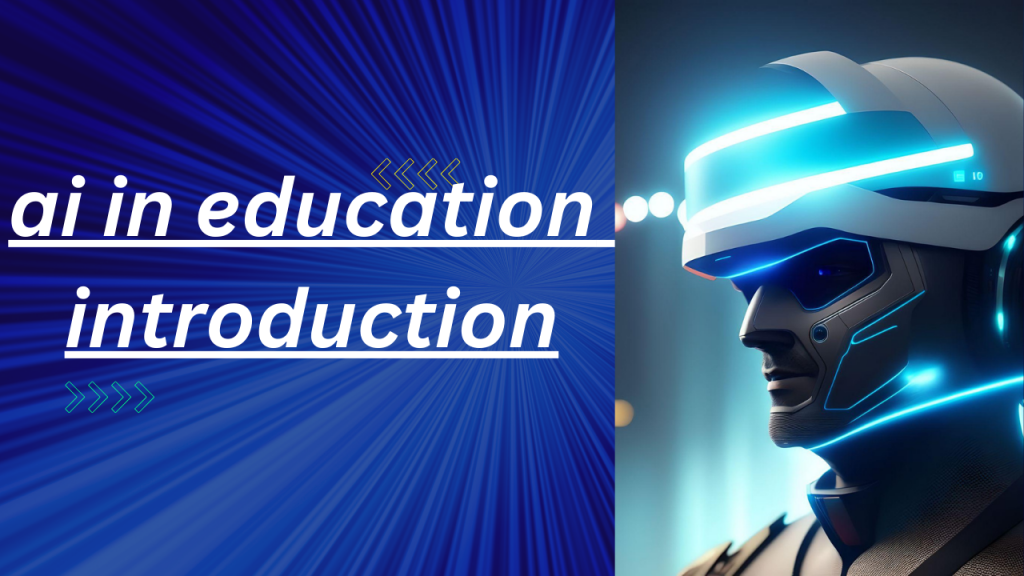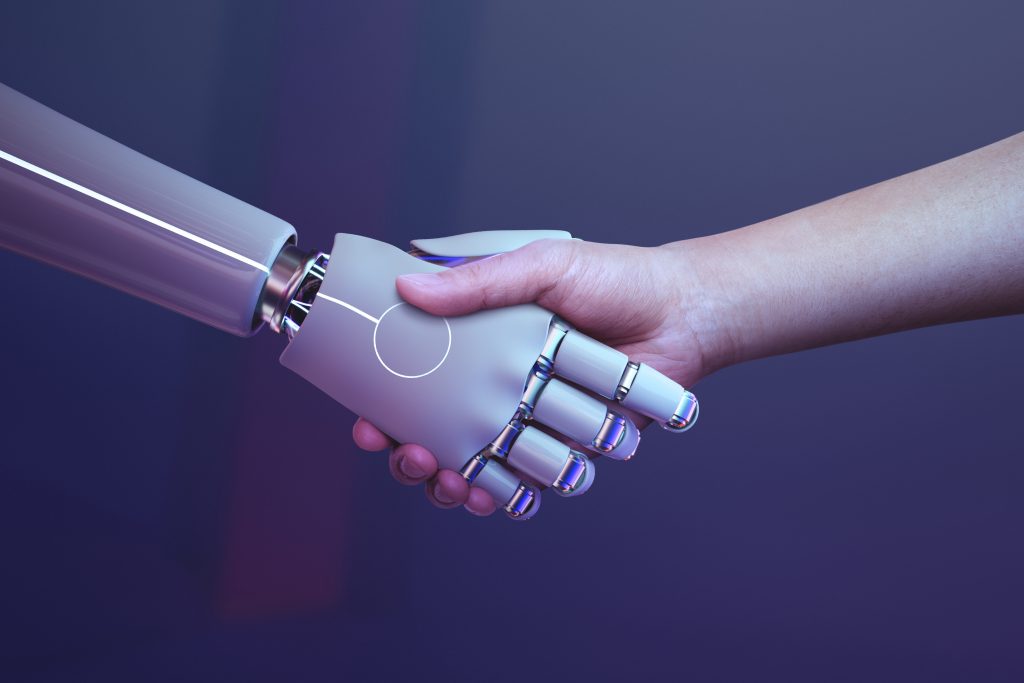
ai in education introduction
*AI and Education:* Discuss how AI is being used to personalize learning, automate administrative tasks, and improve educational outcomes.
AI is playing an increasingly significant role in education, benefiting both students and educators in various ways. Here’s a discussion on how AI is being used to personalize learning, automate administrative tasks, and improve educational outcomes:
=1. Personalized Learning:=
– =Adaptive Learning:= AI-driven adaptive learning platforms assess a student’s performance and tailor educational content to their individual needs. This ensures that students receive materials at the right difficulty level, promoting engagement and better understanding.
– =Recommendation Systems:= AI analyzes students’ learning patterns and suggests relevant resources, such as articles, videos, or quizzes, to enhance their understanding of specific subjects.
– =Feedback and Assessment:= AI can provide immediate feedback on assignments and tests, pinpointing areas where students may need additional help.

Book Case,Free-Standing
ai in education introduction
=2. Administrative Task Automation:=
– =Administrative Efficiency:= AI automates routine administrative tasks, such as scheduling, grading, and data entry, allowing educators to focus more on teaching.
– =Resource Allocation:= AI helps optimize resource allocation, such as assigning classrooms or planning bus routes, making educational institutions run more efficiently.
=3. Virtual Assistants and Chatbots:=
– =24/7 Support:= AI-powered chatbots provide students with round-the-clock assistance, answering common questions and guiding them through enrollment, course selection, and more.
– =Efficient Communication:= Virtual assistants facilitate communication between students, teachers, and administrative staff, streamlining information exchange.
=4. Predictive Analytics:=
– =Early Warning Systems:= AI analyzes student data to identify those at risk of falling behind or dropping out, allowing timely intervention and support.
– =Performance Improvement:= Educators can use predictive analytics to track student progress and adapt teaching methods accordingly.
=5. Language Learning:=
– =Language Translation and Pronunciation Assistance:= AI aids language learners by providing real-time translation, pronunciation guidance, and vocabulary assistance.
=6. Special Education:=
– =Personalized Support:= AI helps create tailored learning programs for students with special needs, adapting materials and exercises to their abilities and preferences.
=7. Research and Content Creation:=
– =Content Generation:= AI can assist educators in creating educational materials, generating quizzes, and summarizing research findings.
ai in education introduction
=8. Global Accessibility:=
– =Remote Learning:= AI-supported online platforms enable remote and flexible learning, making education accessible to a wider audience.
=Benefits:=
– =Individualized Learning:= AI personalizes education, catering to each student’s pace and learning style.
– =Efficiency:= Administrative automation reduces administrative burden, allowing educators to allocate more time to teaching.
– =Data-Driven Decision-Making:= AI provides insights into student performance, helping educators make informed decisions.
– =Accessibility:= AI-driven tools make education more inclusive and accessible to diverse learners.
In summary, AI is revolutionizing education by making it more personalized, efficient, and effective. It has the potential to improve educational outcomes and provide equal opportunities for learners of all backgrounds and abilities.
ai in education introduction thank
what is AI // क्या है ai //type of ai
what is machine learning (ml)?what is a risk to data when training a machine learning (ml) application?
Reinforcement learning- (RL)-What is RL in reinforcement?-introduction
first Python programming-introduction Python programming
thank
FAQ
What is AI in education system?
ai in education introduction
AI in the education system refers to the use of artificial intelligence to enhance teaching and learning processes, including personalized instruction, adaptive assessments, and administrative automation.
What is the importance of AI in education?
ai in education introduction
The importance of AI in education is to enhance learning by personalizing instruction, automating administrative tasks, and improving educational outcomes.
What is AI and introduction?
ai in education introduction
AI, or Artificial Intelligence, is a technology that enables computers and machines to perform tasks that typically require human intelligence, like learning, reasoning, problem-solving, and decision-making. It involves creating algorithms and systems that can process data, recognize patterns, and make intelligent decisions, making it a vital part of various industries and everyday life.
शिक्षा में एआई का क्या महत्व है?
एआई शिक्षा में महत्वपूर्ण है क्योंकि यह व्यक्तिगत शिक्षा, सीखने की स्थितियों का विश्लेषण, और शिक्षा की गुणवत्ता में सुधार कर सकता है।
What is the role of AI in education in India?
ai in education introduction
In India, AI in education plays a role in:
Personalized Learning: Tailoring lessons to individual students.
Language Learning: Assisting with language skills.
Digital Content: Providing access to online courses.
Skill Development: Offering training in emerging technologies.
Assessment: Automating grading and assessment.
Teacher Support: Assisting educators in curriculum planning.
Access: Expanding education to remote areas through e-learning.
Data Analysis: Using data to improve educational outcomes. AI enhances accessibility and quality of education in India.
When was AI first used in education?
AI was first used in education in the 1960s, with early efforts focusing on computer-assisted instruction and automated grading.
What are examples of AI in education?
ai in education introduction
Examples of AI in education include:
Adaptive Learning Platforms: Personalize lessons based on student performance.
AI-Powered Tutors: Provide instant help and feedback.
Automated Grading: Speed up assessments for teachers.
Predictive Analytics: Identify at-risk students for intervention.
Language Learning Apps: Assist with pronunciation and translation.
Virtual Classrooms: Enable remote and interactive learning.
Chatbots: Answer student queries 24/7.
Content Creation: Generate study materials and quizzes.
Special Education Tools: Tailor lessons for students with disabilities.
Global Online Courses: Offer accessible education worldwide
what is AI // क्या है ai //type of ai
what is machine learning (ml)?what is a risk to data when training a machine learning (ml) application?
Reinforcement learning- (RL)-What is RL in reinforcement?-introduction
first Python programming-introduction Python programming


